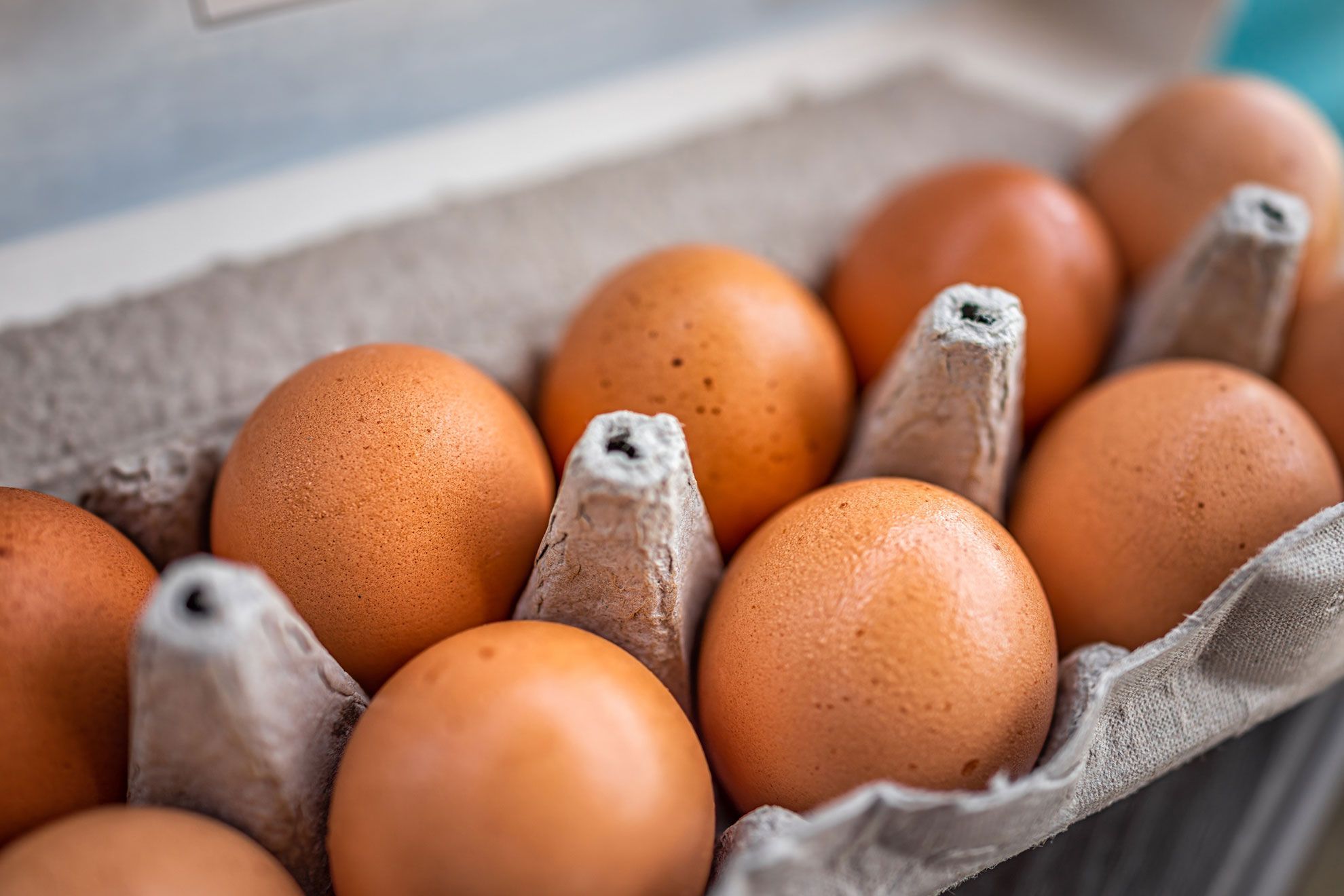Decoding the Hidden Messages on Egg Cartons
We’ve all been there – cracking open an egg only to be greeted by an unpleasant smell. Instead of guessing whether it’s still good, you can decode the numbers printed on the carton and the eggshell to make sure you’re getting the freshest eggs possible.
Eggs are a kitchen essential, often at the heart of breakfast, baking, and countless meals. Whether they’re scrambled, fried, poached, or baked into your favorite cake, eggs are versatile and packed with protein. But when you buy them, have you noticed the extra numbers on the carton? These codes are more than just random digits – they offer a clue to the freshness of your eggs, and understanding them can help you choose the best ones.
The Julian Date Look closely at the carton, and you’ll see a three-digit number printed near the sell-by date. This number is the Julian date, which tells you exactly when the eggs were packaged. The system uses a simple numbering pattern:
-
001 represents January 1st
-
365 represents December 31st
For example, if the Julian date is 045, it means the eggs were packed on February 14th. This number helps you easily determine how fresh the eggs are.
The Plant Code Next to the Julian date, you’ll often see a plant code starting with the letter “P” followed by four digits. This code identifies the specific facility where the eggs were processed and packaged. While this may seem like a minor detail, it’s important to know because in case of a recall, you can look up this code to see if your eggs are affected.
Why These Codes Matter Understanding these codes allows you to make smarter purchasing decisions. Eggs stay freshest for about four to five weeks after packaging, but the USDA permits them to be sold up to 30 days after packaging. This means that even if an egg carton is still within its sell-by date, the eggs could already be weeks old.
Here’s how to choose the freshest eggs:
-
Look for cartons with higher Julian dates – the higher the number, the fresher the eggs.
-
Compare the Julian date with the sell-by date; the closer they are, the fresher the eggs.
-
For the best taste and texture, buy eggs within a few days of packaging.
Downsides of Older Eggs Eggs don’t go bad immediately after their expiration date, but their quality declines over time. As eggs age, they lose moisture and carbon dioxide, which makes the yolks more fragile and the whites runnier. Additionally, the risk of foodborne illness increases, especially if eggs aren’t stored properly.
Fresh eggs hold their shape better when cooked or baked and taste much better. Older eggs might still be safe to eat, but they’re not ideal for dishes where texture matters, such as omelets, poached eggs, or meringues.
Proper Storage Once you’ve chosen the freshest eggs, storing them properly is essential for maintaining their quality.
-
Keep eggs in their original carton. The carton protects them from absorbing odors from other foods.
-
Store eggs in the coldest part of the fridge, not on the door, where temperatures fluctuate.
-
Use eggs within three to five weeks of purchase for the best taste.
How to Test for Freshness If you’re unsure whether your eggs are still fresh, try these simple tests:
-
Float Test: Fill a bowl with water and gently place an egg inside.
-
Fresh eggs sink and lay flat.
-
Older eggs stand upright but don’t float.
-
Bad eggs float to the top due to increased air inside the shell.
-
-
Crack Test: If you’re still unsure, crack the egg into a separate bowl. Fresh eggs have firm yolks and thick whites. Older eggs have flatter yolks and runny whites. If the egg smells bad or appears off, throw it away.
Tips for Buying Fresh Eggs To get the freshest eggs, keep these tips in mind:
-
Choose eggs from the refrigerated section of the store.
-
Check the carton for cracks or dirt; clean, intact eggs are the best.
-
Look for the USDA Grade shield, which indicates the eggs meet strict quality standards.
-
Only buy the number of eggs you need to avoid having them sit too long.
What to Do with Expiring Eggs Sometimes, we end up with a carton of eggs that’s nearing its expiration date. Instead of letting them go to waste, use them in delicious recipes like:
-
Quiche – A savory, cheesy dish that’s perfect for brunch.
-
Shakshuka – Poached eggs in a flavorful tomato sauce.
-
Homemade pasta – Fresh pasta that’s easy to make and uses several eggs.
-
Breakfast burritos – Scrambled eggs with veggies and cheese wrapped in a tortilla.
-
Pound cake – A dense, buttery cake that uses a lot of eggs.
-
Creme brulee – A custard dessert with a crunchy caramelized top.
-
French toast – A great way to use up slightly older eggs.
-
Soufflé – Light and airy, perfect for a special treat.
-
Egg muffins – Ideal for meal prepping breakfast.
Next time you’re shopping for eggs, take a moment to check the Julian date, plant code, and overall freshness to ensure you’re getting the best quality eggs possible.
